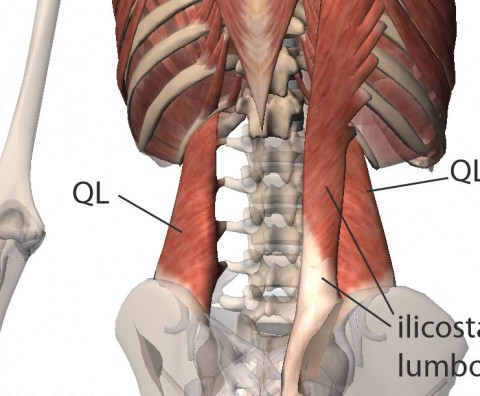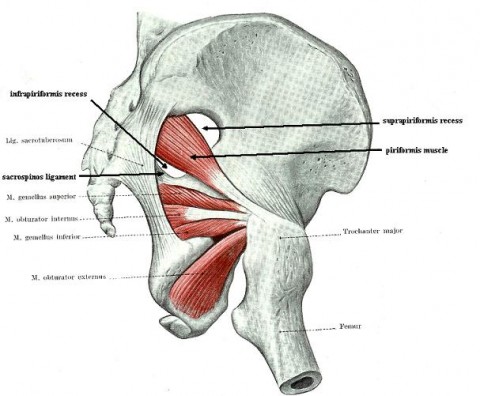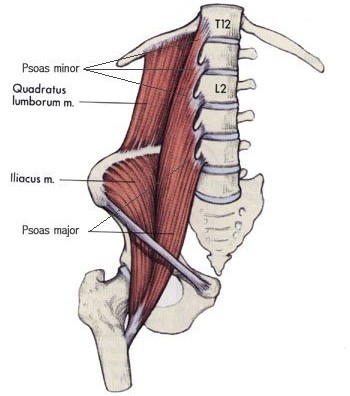For many people, prolonged sitting in today’s world can lead to uncomfortable physical symptoms, especially if you have a habit of sitting with one leg crossed over the other. Whether you’re sitting with your leg over your knee, legs crossed, or crossing your legs, it can cause pain and discomfort in your hips, pelvis, and lower back.
Simply placing the Right knee over the left produces the following effects …
AT THE LOWER BACK
One of the most noticeable effects of crossing your legs is sidebending to the right side of your lower back. This can cause muscles on the right side to shorten while lengthening the opposite side, such as the quadratus lumborum muscle. Additionally, it increases the load on the joints between the vertebrae on the right side and stretches the joints and supporting structures on the left side.
Sidebending right through the lower back will result in shortening of the muscles on this side and lengthening of the opposite side (namely quadratus lumborum – see below). Sidebending right also increases the load on the joints between the vertebrae on the right side and stretches the joints and supporting structures (e.g. ligaments) on the left.
AT THE PELVIS:
Results in elevation of the right side of the pelvis.
Crossing your legs also leads to the elevation of the right side of your pelvis, which can irritate some pelvic muscles, such as the hamstrings, or the sciatic nerve, which courses down the back of your leg. It also elongates the piriformis muscle and some of the deep rotators of the hip, which help stabilize your hip.
Furthermore, elevating your right leg to place it over your left creates shortening of the right hip flexors (psoas major and iliacus) and elongates the hamstrings at the back of your thigh. Taking the right knee across the midline creates shortening of the right adductors and lengthening of the muscles on the outside of your leg.
It also elongates the piriformis muscle and some of the deep rotators of the hip, that act like a cuff and aid in hip stability.
AT THE HIP:
Elevation of the right leg to place over the left will create shortening of the right hip flexors (psoas major and iliacus), it will also elongate the hamstrings muscles at the back of the thigh.
Taking the right knee across the midline will create shortening of the right adductors and lengthening of the muscles at the outside of the leg.
To avoid unwanted muscle imbalances and hip, pelvic, or low back pain caused by crossing your legs, it’s important to uncross them. If you’re used to sitting cross-legged, consider setting reminders or leaving post-it notes on your computer screen to encourage better posture and avoid the negative effects of a bent and asymmetrical posture. If you’re experiencing hip pain crossing legs sitting, legs sore from sitting cross-legged, or any discomfort related to prolonged sitting, consult a healthcare professional to address the issue.



